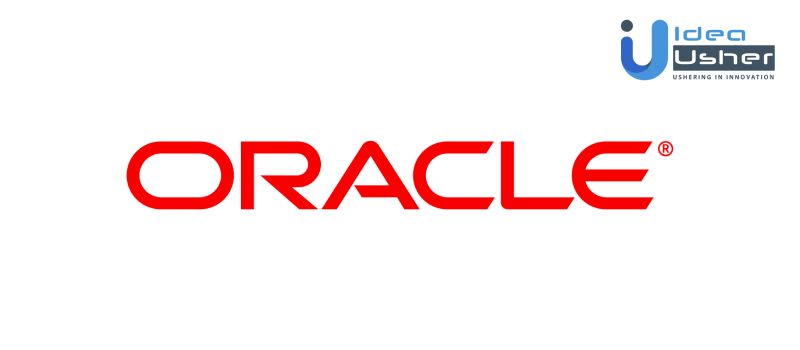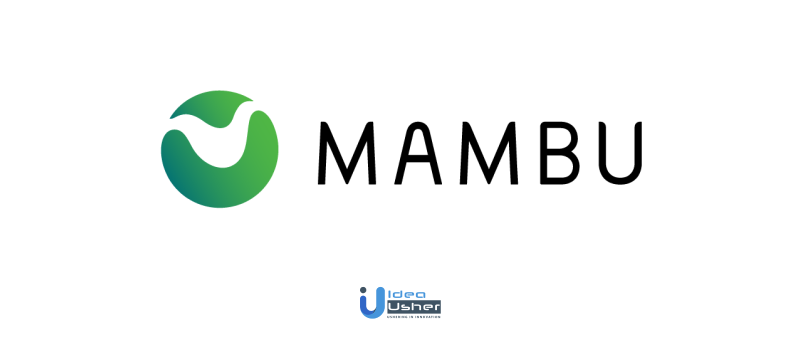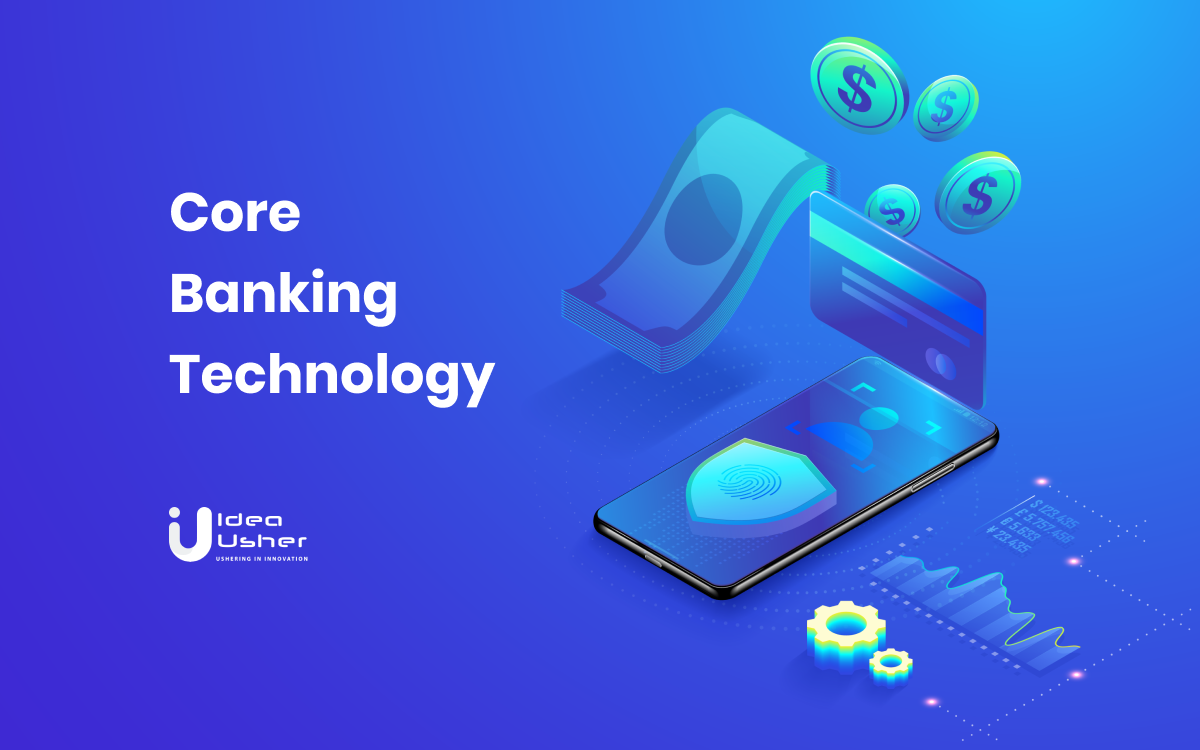Technology has changed our habits in a few years. Have you ever wondered about the technology that helps you check your bank account from your phone? Working behind the scenes, core banking technology has brought a modernized platform to banks. Know more about banking and financial services in our blog section.
Before the arrival of the latest banking technology, it wasn’t easy to do even the most basic tasks. A simple transaction would take at least a day to get registered in the bank account. Each bank had its servers, which made the whole process more complicated.
As telecommunication technology advanced, banks were the first to adopt them. It revolutionized the whole banking model. These changes created what we now call core banking technology.
Furthermore, the technology has enabled users to access their accounts and carry on transactions from any bank branch. This advancement has simplified the whole process to a large extent.
Core Banking Technology and Its Services

Core banking services are generally linked with retail banking. It provides its services to the general public. These services include providing savings accounts, credit cards, debit cards, loans, and transactional rights. Since all these services are provided to the general public, it makes banking services much more accessible.
Today’s telecommunication technology allows banks and credit unions to unify all the records irrespective of the location. The software integrated keeps a record of all the transactions.
Nobody wants a restricted experience when they visit their bank. No one likes hassle. Customers want their banks to provide all the services quickly and efficiently. They would want to wait for a day to complete a simple transaction.
Core banking technology has resolved this problem. Additionally, it has made the whole customer experience smooth and hassle-free.
Four key problem areas inhibit the performance of a banking entity. These areas are as follows-
- Cost
- Time to market
- Personalization
- Ecosystem
All these problems are resolved by implementing a robust core banking system that can cater to the bank’s needs and customers.
Most Common Core Banking Services
Some of the most common core banking services are as follows-
- Loan and credit processing
- Providing floating new accounts
- Calculating interests
- Processing deposits and withdrawals
- Managing customer relationship management activities
Prominent Features of Core Banking Technology
The core banking system works as a back-end office system. Managing all the transactions and providing services. It processes, and posts update to accounts and other financial records. The main features of a core banking system are as follows-
1. Empowers the existing customers
The primary motive behind implementing the technology was to empower bank customers. Integration of such advanced technology enables customers to have a very smooth and hassle-free experience while accessing their bank services.
This technology has given customers greater freedom in their account transactions. Furthermore, they can perform any activity they want without actually having to wait in lines for hours.
2. Increased security and reliability
Not long ago, hardly anyone trusted the banks. However, this has changed after the introduction and implementation of the latest technology and software. With the advancement of this service, transactions are now safer.
People trust banks today because of this aspect. Features such as integrated API and Firewalls have reduced the risks of theft and fraud.
3. Increased efficiency and accessibility
Another significant aspect of technology is increased accessibility. The fact that anyone can access their account from any part of the world is only possible because of this technology.
Furthermore, increased efficiency and accessibility have contributed to the increment of loyal bank customers. This has made customer experience improvements to a great extent.
4. Reduced additional costs
The additional costs have been reduced with the introduction of core banking technology. These costs are often the operational costs that are significantly brought down—ensuring fewer human resources requirements for execution.
Moreover, the implementation of cloud-based systems also cuts down the cost of hardware and other components. This aspect requires fewer human resources to perform the functions. Furthermore, it also results in greater customer accountability.
5. It makes the banking system user-friendly.
The advancements in technology have made the whole core banking system more user-friendly. The experience of customers has dramatically improved. Now, customers have more control over how they can manage their money.
This whole aspect of the core banking services has made everything very adequate and efficient.
6. It makes the banking system multi-faceted.
The advantages of this banking service are multi-faceted. This technology has made so many aspects more comfortable to approach and implement. Making the banking system versatile is one of them.
Additionally, it enables the banking systems to be in pace with the ever-growing market. All this has been made possible because of the simplified banking processes by integrating this technology.
7. Transform the existing investments
Banks need a reliable core banking platform to transform their existing investments. The intricate features included in a core banking system help the bank to do the same.
In other words there are so many little details that a core banking system contains, enabling it to consolidate everything efficiently.
8. Reduced risk of error due to less human intervention
This is a widespread feature of a core banking system. Almost everything is automated using integrated technology. Consequently, this latest technology has reduced the risks of human error to a great extent.
Moreover, using this technology also saves a lot of time that humans wasted earlier in tallying and updating the account details manually. Thus, it results in reduced risk of errors in increased customers and productivity.
9. Increased system flexibility
Core banking services are available to customers at every bank branch. This increased system flexibility has dramatically increased the effectiveness and productivity of banking services.
Furthermore, the fluidity of the banking platforms and the usage of integrated tools to monitor everything has also increased system flexibility. Increased system flexibility furthermore results in greater competence.
10. Robust tools to track and analyze the performance
There are so many tools in a core banking system that enable the banks to monitor their performance.
Additionally, it also provides insights into customer performance. Core banking technology offers a complete package of consolidated core processing applications.
All these features and advantages explain the need to implement the technology to increase a bank’s efficiency and the efficiency of its branches. This explains the increase of trust in customers for banks and the services it provides.
Banking Software Development: A Brief Overview
As per reports from Grand View Research, the core banking software market is projected to reach a staggering $21.61 billion by 2030, with a compound annual growth rate (CAGR) of 9.3% from 2023. This growth underscores the vital role that banking software plays in the industry.
Benefits of Banking Software Development
The development of banking software offers an array of benefits, including:
- Accessibility of services round the clock, anywhere.
- Optimized workflow and enhanced employee productivity.
- Security and confidentiality of transactions and user data.
- Reduction of operational costs through automation.
- 24/7 customer support and query resolution.
Top 10 Features to Integrate into Banking Software in 2023
To remain competitive and provide exceptional user experiences, banking software should integrate the following features:
- Analytics and Dashboard: Data-driven insights for informed decision-making.
- Account Manager: Efficient management of user accounts.
- Payments Manager: Streamlined processing of financial transactions.
- Customer Relationship Management: Nurturing customer relationships for enhanced loyalty.
- Loan Manager: Accelerating the lending process with accurate calculations.
- Document Manager: Centralized storage and management of documents.
- Notifications and Alerts: Real-time updates for users.
- Debit/Credit Card Manager: Seamless management of card-related activities.
- QR Code Scanning: Convenient and secure transactions through QR codes.
- P2P Payments: Simplified peer-to-peer transactions.
Top-Notch Core Banking Technology Systems
Here is our list of some of the best Global Core Banking Systems. So let’s begin!
1. FLEXCUBE By Oracle

It is a global business with its extent to significant countries. Hence, FLEXCUBE enables multi-currency transactions. It is a very popular brand when it comes to core business technology.
However, the only drawback is that it does not integrate with other core systems. Additionally, all the customizations present in it are very costly.
2. Mambu by Mambu

It is one of the leading challengers in the core banking systems. Anyone can understand the platform provided by Mambu easily. However, the multi-currency technology used by Mambu is underdeveloped.
The support team of Mambu is very active and responsive. It is an excellent option considering its flexibility and agility.
3. FISA System By FISA Group

It is a perfect option for small and mid-sized banks. Furthermore, the system is implemented with the latest technology.
However, the FISA system is not very good for enterprise-level development since it has very minimal features. Also, it is not a global retail core banking system. It is just a database that you can use as a storage feature.
4. FIS Profile By FIS

It is an excellent option for all-sized banks. FIS is a very feasible option for both commercial and retail services and investment banking. Furthermore, it is very user-friendly and can be used for enterprise development.
Summing Up
Implementing a core banking system eased the banking services process. It has made the whole experience of banking very user-friendly and accessible. Integrated technology that comes with the core banking system has increased the pace of work. Furthermore, it reduces the risks of error and fraud.
Customers can make transactions using core banking services from any part of the world. Additionally, they have access to their bank accounts on their mobile phones and tablets. This has made the whole banking process very flexible.
Moreover, since everything is done implementing the latest core banking technology, fewer human resources are required to manage the banking processes’ functioning.
In conclusion, the core banking technology has improved the whole banking system dramatically. The services that it provides to the general public enable greater accessibility of banking services to masses of people.
Get Idea Usher On-Board
If you are looking to create a Business Inventory Management App, you have come to the right place. Idea Usher is a leading software development company that engineers and designs web, app, and custom software solutions. From idea to design and development to marketing, – we’ve got you covered!
Get in touch with us and start your dream project today. Don’t forget to check out our portfolio of mobile applications.
FAQs
Here are some of the questions that you could have in mind related to core banking technology.
Q1: Are Banking Software and Financial Software the same?
No, banking software focuses on specific banking services, while financial software manages broader financial operations.
Q2: What is Finacle?
Finacle is a core banking software developed by Infosys, catering to various banking services.
Q4: What is Core Banking?
Core banking is a real-time system connecting different branches of a bank for seamless transactions and operations.
Q5: How much does it cost to develop a Banking Software Application in 2023?
The cost ranges from $200,000 to $400,000, depending on factors like technology, design, and features.



















